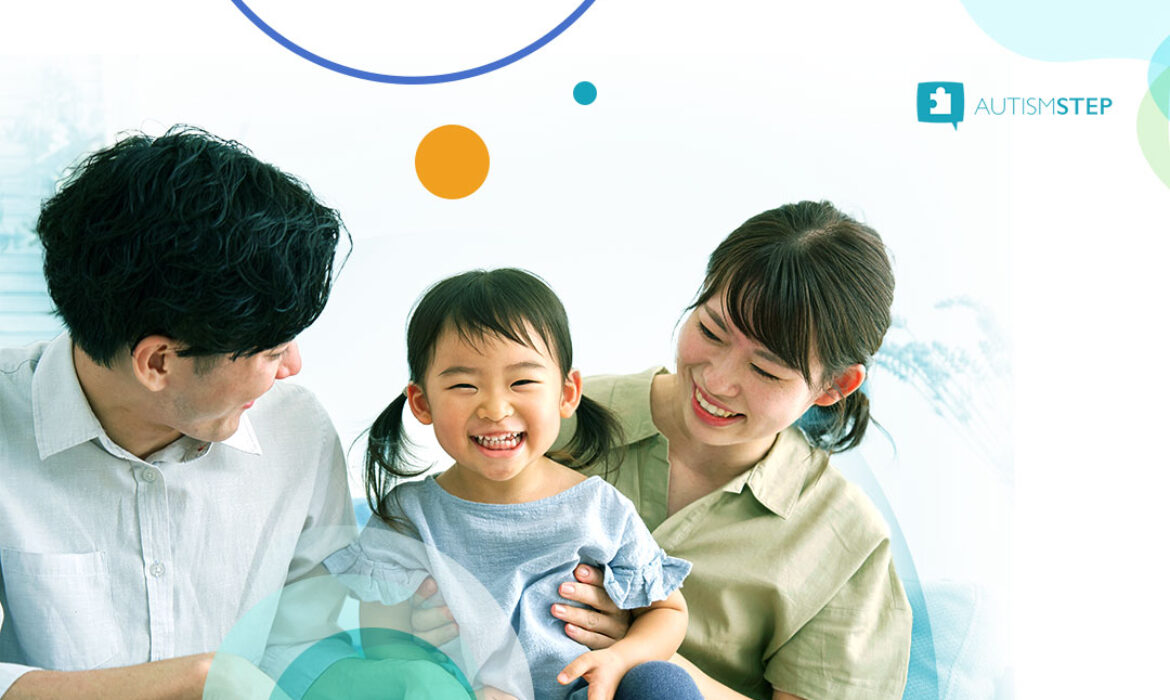ADHD and Autism: A Parent’s Guide to Dual Diagnosis
Receiving an autism spectrum disorder (ASD) diagnosis for your child may be overwhelming. You are unsure how your child will cope with everyday activities and struggles. In some instances, however, children in the spectrum and may also present symptoms of another neurodevelopmental condition called attention deficit hyperactivity disorder (ADHD).
Are you the parent of a child with two seemingly related diagnoses? ADHD and autism have distinct clinical markers, but they also have similar characteristics and behaviours. Many parents struggle with the unique challenges that come with raising a child who has been diagnosed with both these conditions. Dual diagnosis can be an overwhelming experience, but finding the correct information and strategies can help you become empowered in your parenting journey.
In this blog, we’ll discuss ADHD and autism, how they differ, and what steps you can take to ensure your child will receive the care they need.
What are ADHD and autism?
ADHD is one of childhood’s most common neurodevelopmental disorders, characterised by problems in attention, concentration, impulse control, and activity level. This means that children with ADHD may have trouble paying attention, controlling their impulse behaviours, and can become overly active. The condition usually begins during childhood and can last into adulthood.
Meanwhile, autism is also a neurodevelopmental disorder that affects how people interact with others, communicate, behave, and learn. Other characteristics are atypical behaviours and activities, including unusual reactions to sensations, problems transitioning from one activity to another, focus on details, and repetitive interests.
The most common signs and symptoms of this condition include social communication and interaction challenges, such as avoiding eye contact, not responding to their name by nine months old, and not showing facial expressions of their emotions, to name a few.
Autistic children may also present restricted or repetitive behaviours like lining up toys, repeating words or phrases over and over, and being obsessed over interests. They also have delayed speech and movement skills, problems with cognitive and learning skills, and unusual mood or emotional reactions.
Differences between ADHD and autism
Telling the differences between ADHD and autism can sometimes be hard, particularly in younger children. Some symptoms of the two illnesses are similar, although they may have different underlying causes. Here’s a breakdown of the significant differences between the two conditions.
Attention span
One difference between the two conditions is that autistic children can focus on one thing for prolonged periods, especially when it is a topic of interest. However, they may find it hard to concentrate on a task that doesn’t interest them. On the other hand, children with ADHD will have a problem focusing on a specific task, even if it’s something they love. At times, they can hyper-focus on one activity for a short period.
Communication
Children with autism may find it difficult to express their emotions and thoughts, struggle with eye contact, and play differently, as they do not understand taking turns and imaginative play—meanwhile, children with ADHD can talk continually, interrupt others who are talking and want to have the last word.
Emotional expression
One of the problems autistic children face is emotional expression and regulation. As a result, they have trouble articulating their feelings. People with ADHD do not have this type of problem, but they may find it hard to express their emotions due to inattention or hyperactivity.
Social situations
Regarding social skills, people with autism have difficulty picking on social cues and may struggle to build connections with others. People with ADHD may also find socialising hard because they have trouble sitting still and focusing.
Routine and structure
A schedule or structure can soon bore children with ADHD, especially if they find it unenjoyable and uninteresting.
In contrast, children on the spectrum display routine and repetitive behaviours.
Co-occurring ADHD and autism: Is it possible?
Can ADHD and autism occur in one child? Unfortunately, the answer is yes. In the past, a child will not be diagnosed with autism and ADHD, even if they manifest symptoms of both conditions based on the guideline released by the Diagnostic and Statistical Manual for Mental Disorders (DSM).
However, the release of the 5th edition of the DSM (DSM-5) in 2013 paved the way for diagnosing co-occurring conditions. From then onwards, children can be diagnosed with autism and ADHD, helping doctors taper treatment options to help them thrive and live fulfilling lives.
Hence, as co-occurring diagnosis, your child can have ADHD and autism. With an estimated 1 in 54 children receiving a diagnosis of autism.
In a nutshell, there are overlapping characteristics between autism and ADHD. For instance, both conditions seem to stem from genetics and tend to run in families. Plus, both conditions can manifest similar signs and symptoms, such as fidgeting or trouble settling down, social awkwardness, hyperfocus or extreme focus only on things they love, and impulsiveness.
Therefore, it’s essential to spot these symptoms because in some cases, ADHD signs can mask autism, making it hard to diagnose.
The takeaway
The good news is that both conditions are treatable. With the right treatment plan, your child can learn to cope with their symptoms and lead a happy and fulfilling life. However, if your child displays symptoms of ADHD and autism, it is crucial to seek professional help to get an accurate diagnosis. Our team will be happy to answer all your questions and help you create a treatment plan for your child.
To help you make an informed decision on the type of therapy your child needs, please schedule a consultation with us today, or call +65 6456 9950.


